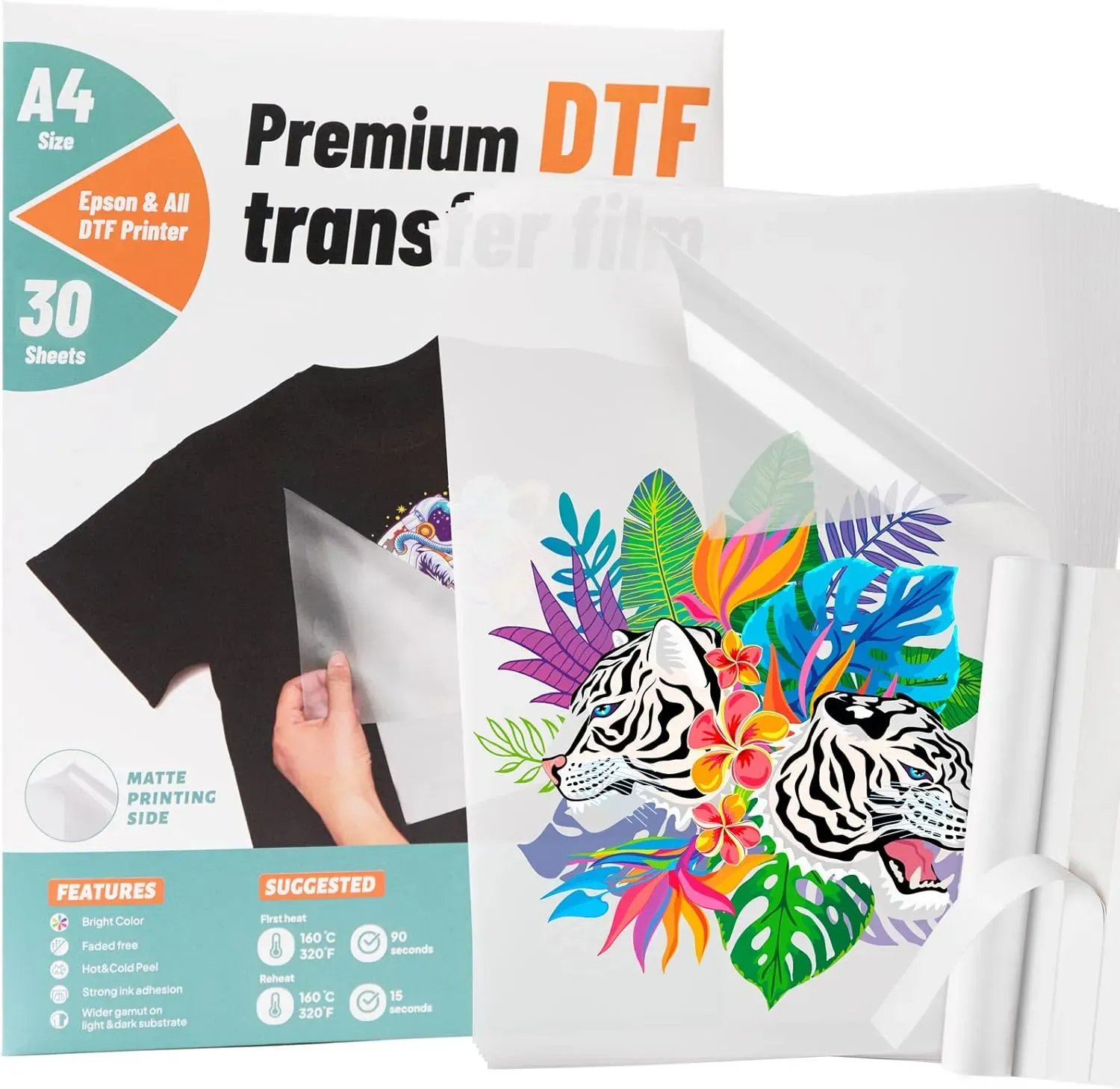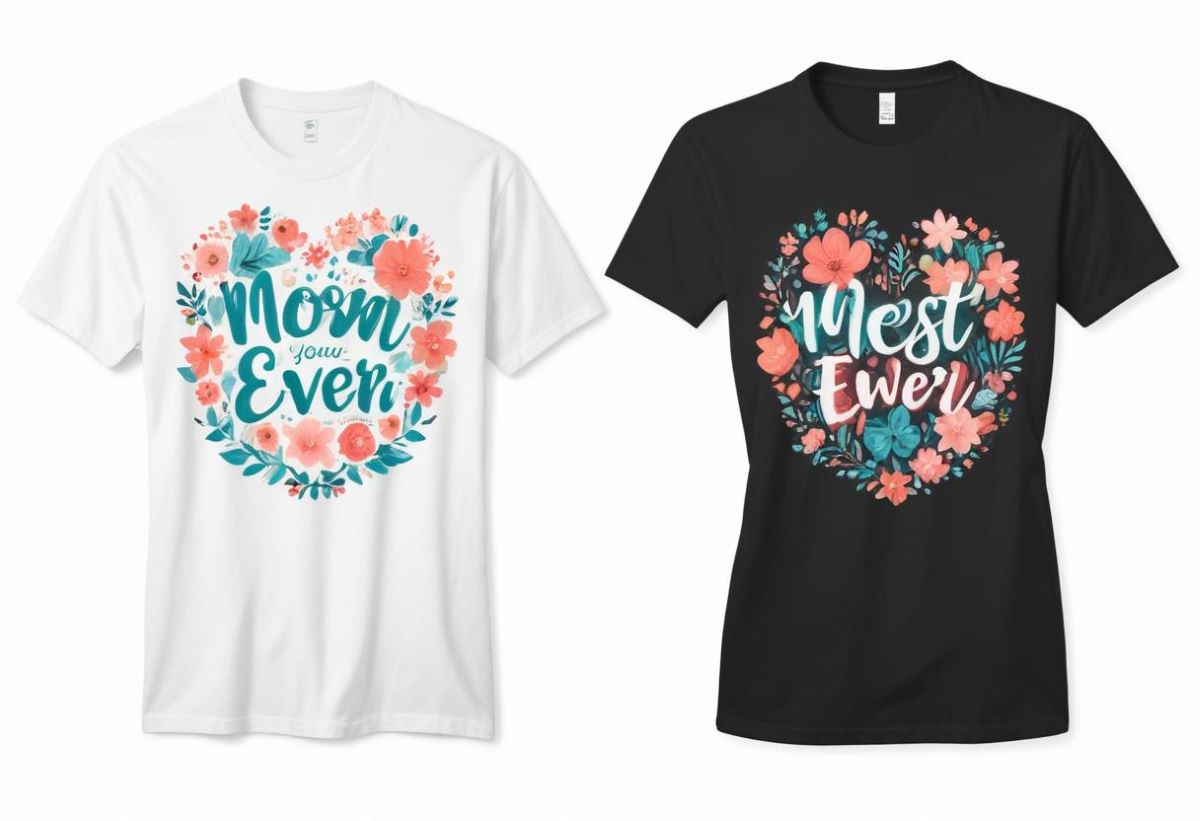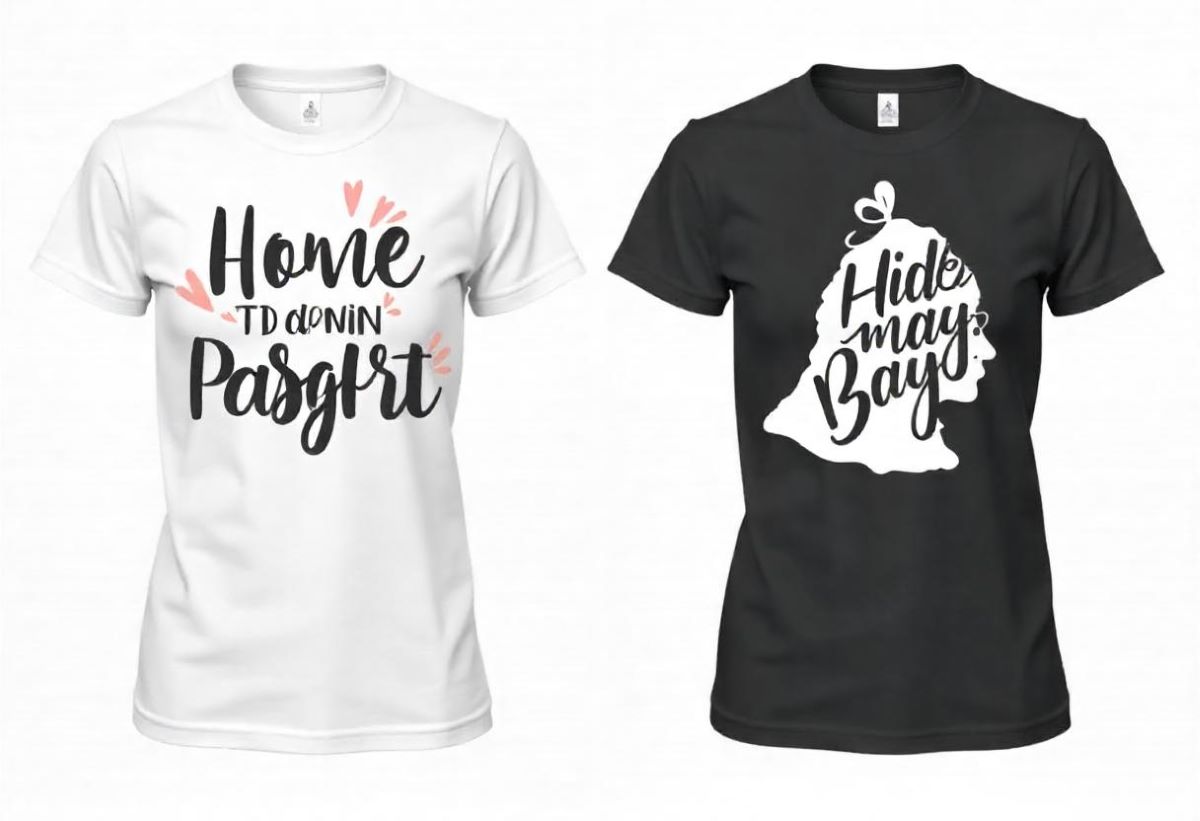DTF transfer film is a crucial component in the world of Direct-to-Film printing, which has transformed how designers create custom textiles. This innovative film allows for exceptional transfer quality onto various fabric types, making it an essential choice for anyone looking to produce stunning apparel and promotional products. When selecting the best DTF films, it’s essential to consider factors such as film thickness, adhesion quality, and eco-friendly options to ensure your printed designs are both durable and vibrant. As you explore your DTF transfer film selection, remember that the right choice can enhance the quality and longevity of your prints, offering unmatched results. Stay ahead in the printing game by understanding the various options available and their specific applications for your creative projects.
When it comes to advanced textile printing, the term “DTF transfer film” may also be referred to as Direct-to-Film graphics or film technology in the crafting community. These materials play a pivotal role in allowing inks to adhere to fabrics, offering artists and businesses the ability to create intricate designs that are both eye-catching and resilient. Understanding the importance of film characteristics such as thickness, adhesion, and wash resistance is vital for anyone involved in custom apparel production. Additionally, the rise of environmentally friendly DTF films marks a significant shift towards sustainability in the industry, allowing for a greener approach to printing without compromising on quality. With these factors in mind, selecting the ideal film becomes an exciting opportunity for enhancing creative projects effectively.
The Importance of DTF Transfer Film Thickness
When it comes to DTF printing, the thickness of the transfer film plays an essential role in determining the quality of the final output. Films generally range from 75 to 130 microns, with each thickness level catering to different printing needs. For instance, thinner films, usually around 75 to 90 microns, offer a softer feel against the fabric, making them suitable for lightweight apparel. On the other hand, thicker films, such as those in the 100 to 130 microns range, excel in durability, providing a robust solution that withstands frequent washing and wear, essential for everyday clothing.
Selecting the right film thickness not only affects the tactile feel of the textile but also the overall visual appeal. Opting for a medium thickness that balances comfort and longevity can ensure that your designs remain vibrant over time. Moreover, DTF films that maintain a consistent thickness can help avoid issues related to peeling or cracking, maximizing the lifespan of your prints. Therefore, understanding the thickness dynamics is vital when you’re venturing into DTF printing.
Assessing Adhesion Quality of DTF Transfer Films
Adhesion quality should be a top priority when selecting a DTF transfer film. A good transfer film should bond effectively with various fabric types, including cotton, polyester, and their blends, to ensure longevity in your prints. Films with poor adhesion might lead to frustrating outcomes, where the print peels or cracks after a few washes, undermining your hard work. Selecting films known for their strong adhesion properties can boost the reliability of your products.
Moreover, the ideal DTF transfer film should enhance adhesion while preventing excessive stiffness, allowing for a natural drape of the garment. Performance varies across different DTF films, and proper research coupled with user feedback can guide you toward the best options that guarantee effective and long-lasting results. Testing samples from multiple suppliers can also reveal how well a specific transfer film adheres to your target fabrics.
Ink Compatibility in DTF Printing
One of the cornerstones of successful DTF printing is ensuring that the transfer film is compatible with your chosen inks. Various ink types, including water-based and pigment inks, can react differently with specific DTF films, affecting print quality and color vibrancy. Using incompatible inks may lead to adhesion issues, resulting in prints that lack durability and richness. Therefore, checking the ink recommendations and testing small batches can prevent costly mistakes.
Additionally, innovative advancements in ink formulations have led to improved compatibility with DTF films, enhancing both adhesion and durability. Suppliers often conduct thorough testing to determine how their films behave with different types of inks, and this information can be incredibly valuable as you choose the right DTF transfer film. For optimal results, seek out films that explicitly state they work well with the ink types you intend to use.
Understanding Transfer Temperature and Conditions
Every DTF transfer film comes with specific requirements regarding transfer temperature and pressure settings, which are crucial for achieving high-quality prints. Incorrect temperature settings can lead to issues such as incomplete transfers or damage to the fabric, while excessively high temperatures can cause the film to scorch. Thus, having a heat press that allows for precise temperature control is vital to match the DTF film specifications.
Furthermore, awareness of the transfer conditions will streamline your printing process. It’s advisable to follow the manufacturer’s guidelines closely to ensure your application’s success. Some modern DTF films are designed to be more forgiving with temperature variations, presenting flexibility, especially for users with various heat press machines. Always refer to the transfer instructions to optimize outcomes regardless of your setup.
Evaluating the Durability of DTF Transfer Films
Durability is a critical consideration when selecting DTF transfer films since it directly affects the appearance and longevity of your printed designs. The best DTF films should withstand multiple washing cycles without significant fading or wear. It’s essential to prioritize brands that offer third-party testing data to substantiate the durability claims of their products, as this can provide extra confidence in your investment.
Beyond resistance to washing, consider how well the DTF film performs under various conditions, such as exposure to sunlight or rough handling. Films that provide high washability ratings will maintain their colors and integrity over time, resulting in customer satisfaction and repeat business. By evaluating durability before making bulk purchases, you can avoid the disappointment of subpar performance and ensure that your projects stand the test of time.
Exploring the Rise of Eco-Friendly DTF Films
In recent years, there has been a significant shift toward eco-friendly DTF transfer films in the printing industry. Environmentally conscious consumers are increasingly looking for products that minimize their ecological footprint, prompting manufacturers to develop biodegradable films that maintain high performance standards. These eco-friendly DTF films not only reduce waste but also offer comparable adhesion and durability as traditional options.
Embracing eco-friendly materials is not just a trend but a necessary evolution in the industry, aligning print production with sustainability goals. Many suppliers are now producing films that use safer adhesives and inks without compromising on quality. By choosing eco-friendly DTF films, businesses can build a positive brand image and appeal to a growing segment of environmentally conscious customers, all while maintaining exceptional printing quality.
Frequently Asked Questions
What is the best DTF transfer film for beginners?
For beginners, it’s recommended to start with a DTF transfer film that is around 100 microns thick. This thickness provides a balance of softness and durability, making it versatile for various fabrics. Look for films from reputable suppliers that offer compatibility with your ink types to ensure great adhesion and print quality.
How do I choose the right DTF transfer film thickness?
Choosing the right DTF transfer film thickness depends on your specific printing needs. A thickness of 75 to 130 microns is typical, with 100 to 130 microns being ideal for durability and a soft feel on apparel. Thinner films are great for textile comfort, while thicker films offer enhanced durability, especially for frequent washability.
What are eco-friendly DTF films and why should I use them?
Eco-friendly DTF films are made from biodegradable materials that reduce environmental impact while maintaining high-quality prints. Using these films can enhance your brand image by aligning with sustainability practices, which is increasingly important to consumers in today’s market.
How does adhesion quality impact DTF printing results?
Adhesion quality is crucial in DTF printing as it ensures prints adhere well to various fabric types without peeling or cracking. High-quality DTF transfer films should demonstrate exceptional adhesion properties to prevent deterioration of the design after multiple washes, ultimately affecting the longevity and professionalism of your finished products.
What factors affect the durability and washability of DTF transfer films?
The durability and washability of DTF transfer films are significantly influenced by film thickness, material quality, and the type of adhesive used. Films that have been tested for wash resistance and provide high adhesion quality will maintain their integrity through multiple washing cycles, ensuring vibrant and lasting prints.
Where can I find the best DTF transfer films available in the market?
To find the best DTF transfer films, consider researching reputable suppliers with good customer feedback and product testing data. Review platforms, case studies, and expert recommendations can help you identify films that offer excellent adhesion, durability, and compatibility with your DTF printing system.
| Key Consideration | Details |
|---|---|
| Film Thickness and Material | Film thickness affects print quality and texture. Recommended thickness is 100 to 130 microns. |
| Adhesion Quality | A good film must adhere well to different fabrics to prevent peeling or cracking. |
| Ink Compatibility | Ensure film is compatible with the type of ink used for vibrant and durable results. |
| Transfer Temperature and Conditions | Select films that match your heat press settings to avoid quality issues. |
| Durability and Washability | Look for films tested for washability to ensure they withstand multiple washes without fading. |
| Price and Availability | Compare prices and order samples to assess quality before bulk purchase. |
| Supplier Reputation | Choose reputable suppliers with positive customer feedback for assurance on quality. |
Summary
DTF transfer film is essential for achieving exceptional results in direct-to-film printing, enhancing your projects with vibrant and durable designs. It is crucial to consider factors like film thickness, adhesion quality, and supplier reputation to select the right film tailored to your needs. By researching and testing different options, you can ensure high-quality prints for apparel and promotional items while staying aware of innovations such as eco-friendly materials. With the right DTF transfer film, you can elevate your creative projects, combining quality with sustainability.



